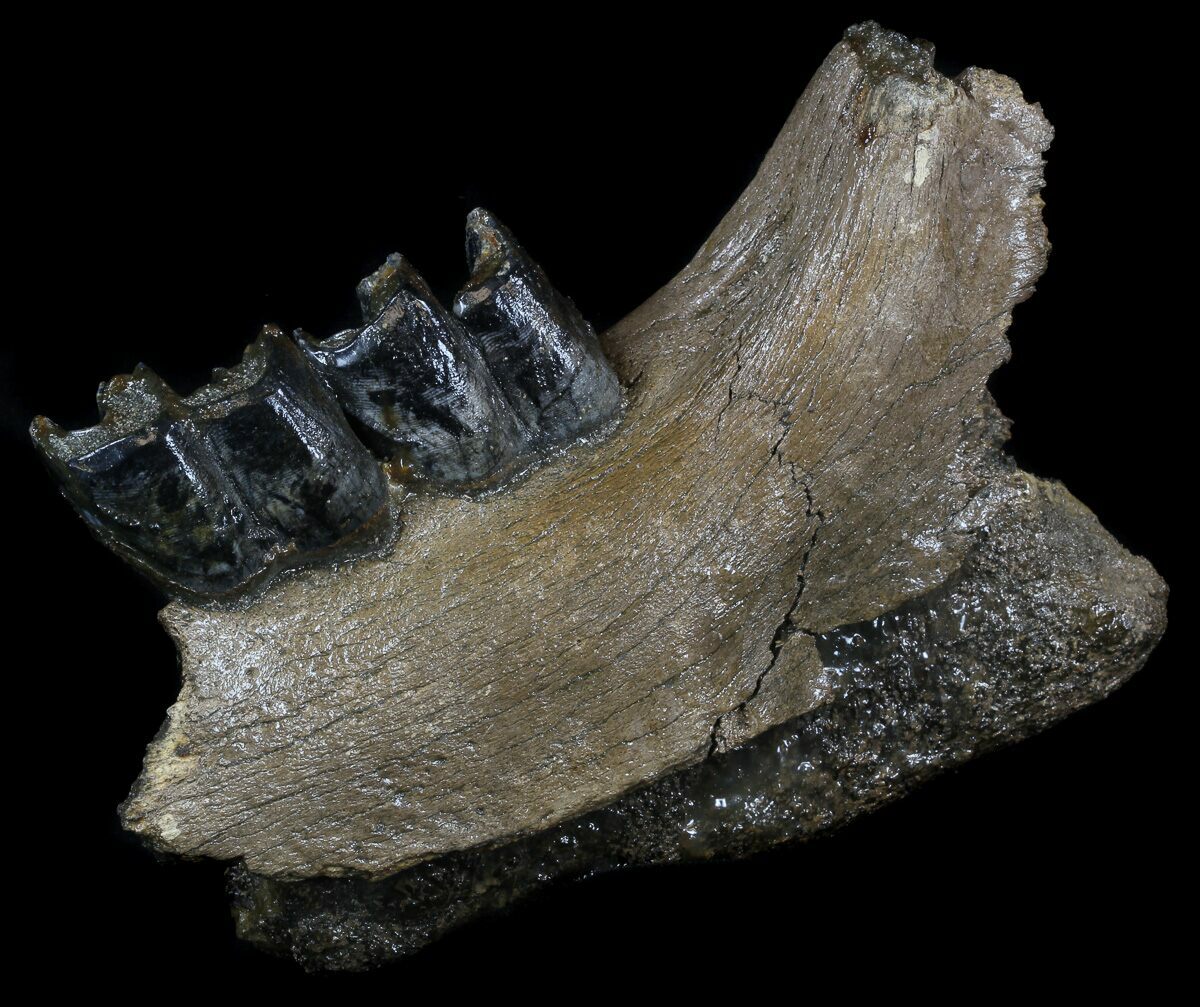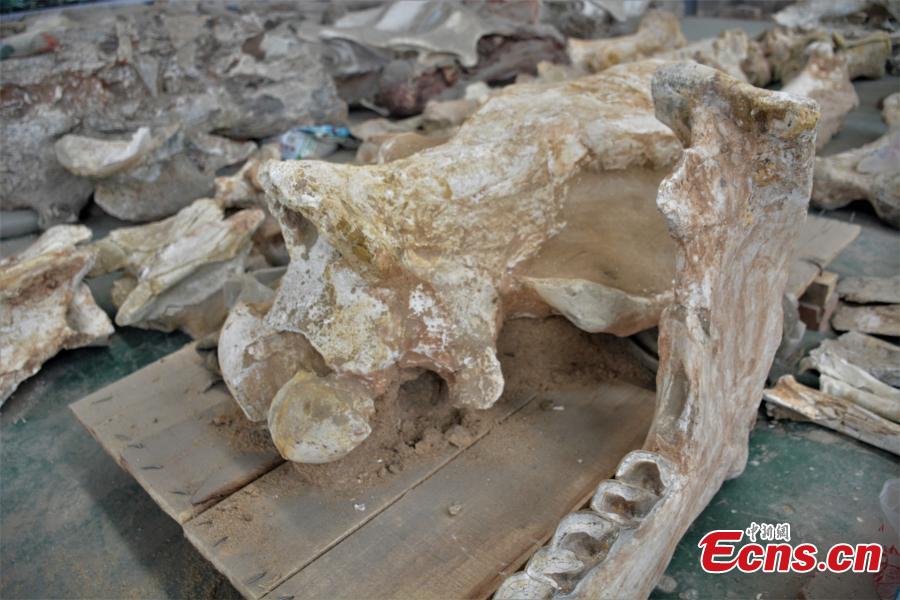
The Merck’s rhinoceros lived on the territory of today’s Poland from a period of 600-700,000 years ago until 40,000 years ago, when they became extinct. The new details of Stefania’s diet were confirmed after specimens of her teeth were sent to the Natural History Museum in London.Īlthough many of the bones from Stefania’s skeleton were very well preserved, the skull required the most careful reconstruction and the scientists employed the help of a sculptor, Wojciech Iłenda, to help with this most delicate elements.

Another species of rhinoceros, the woolly rhino, for example fed on leaves.” It turned out that our Stefania lived in forests and also fed on shoots.

In a video released by the University of Wrocław on World Rhino Day, Dr Stefaniak, said: “Earlier, it was believed that this species of rhinoceros mainly fed on grass. Veterinarian and paleontologist Adam Kotowski (L) and palaeontologist Dr Krzysztof Stefaniak have been reconstructing the rhino’s skeleton.
#Prehistoric rhinoceros fossil full#
The discovery of over 100 bones, including a full set of teeth and skull, is believed to make Stefania’s skeleton the most complete and best preserved example of the species in the world. “In that time, we took over the site with pneumatic drills and removed the skeleton. Stefania is believed to have been over 35 years old and was 3 metres long, 1.8 metres high at the withers and 1.6 metres high at the rump. “The builders were about to throw the bones away, but as luck would have it, there was a football match on and they left to watch it. “We are palaeontologists and pa elontological finds don’t legally have to be secured like archaeological ones.

Kalbar/TFNĭr Krzysztof Stefaniak from the University of Wrocław who is reconstructing the skeleton told TFN: “When the skeleton was first discovered, the builders initially wanted to throw it away, not realising its importance. Ryszard Połomskiīut, as far as the road diggers were concerned the find was just a pile of old bones.Īlthough many of the bones from Stefania's skeleton were very well preserved, the skull required the most careful reconstruction. The almost fully preserved skeleton of the 120,000 year-old rhinoceros dubbed ‘Stefania’, was saved after builders went to watch a football match. The almost fully preserved skeleton of the 120,000 year-old rhinoceros, dubbed ‘Stefania’, (after its latin name), was found in May 2016 by the builders working on the S3 motorway near Gorzów Wielkopolski. The skeleton of a rare species of prehistoric rhinoceros found during a motorway construction in western Poland, was saved after palaeontologists rescued it from builders who planned on throwing it away. Initially believed to have been an example of a woolly rhinoceros, closer inspection by experts from the University of Wrocław revealed it was a specimen of the much rarer Stephanorhinus or Merck’s rhinoceros.


 0 kommentar(er)
0 kommentar(er)
